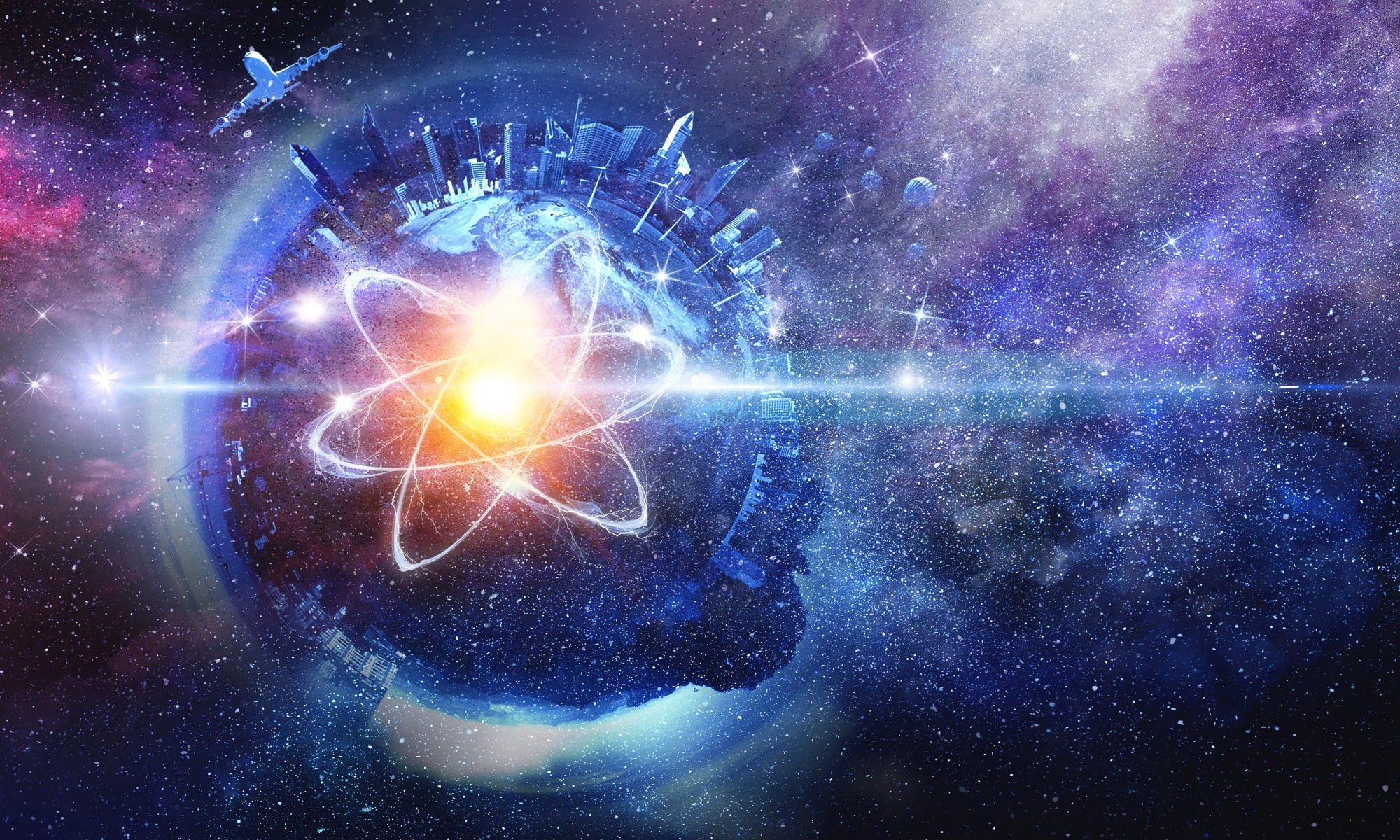In an article recently submitted to the ArXiv* server, researchers investigated the impact of microwave phase noise on nitrogen-vacancy (NV) sensors.
 Study: Mitigating Microwave Phase Noise in NV Sensors. Image Credit: Sergey Nivens/Shutterstock.com
Study: Mitigating Microwave Phase Noise in NV Sensors. Image Credit: Sergey Nivens/Shutterstock.com
Background
Optically measuring the electron-spin precession of NV centers in diamond with high precision is crucial for several applications, such as femtotesla magnetometry and nuclear magnetic resonance spectroscopy. NV centers as solid-state electron spin sensors are more advantageous compared to superconducting quantum interference device and alkali-metal vapor sensors.
Small ensembles of NV centers have been used as nanoscale sensors, which led to significant advances in biological microscopy. However, ultra-sensitive bulk NV sensor development, which is crucial for most sensitivity-demanding applications, remains challenging.
The spin transition frequencies of NV electrons are always large, which is one of the major challenges as the most sensitivity-demanding applications like femtotesla magnetometry require measuring the changes in GHz spin transition frequencies at the sub-millihertz level, which corresponds to a fractional resolution better than 10-12.
Additionally, the microwave control field's random phase fluctuations result in undesired NV spin state rotations inseparable from magnetic field noise in spin-precession measurements.
Although phase noise always exists at a certain level due to Johnson noise and limited clock stability in microwave signal generators, recently, it has become a key constraint for NV precision measurements.
The Study
In this work, researchers investigated the impact of microwave phase noise on an NV sensor's response/noise floor. They displayed the approach to numerically predict the impact by employing a frequency-domain model consisting of the sensing protocol's filter-function response and the microwave phase noise spectrum and using simple analytic expressions for the white and random-walk phase noise cases.
The researchers also discussed strategies to suppress the microwave phase noise impact. In the experimental setup, a (110)-polished diamond membrane with 120-µm thickness and 1 ppm NV density was attached to a high-refractive-index half-ball lens.
Light originated from a 532-nm laser source, passed through an acousto-optic modulator, and was focused using a 0.79-NA aspheric lens on the diamond membrane, leading to an excitation beam power of ∼0.4 W and waist of 50-100 µm.
The same aspheric lens was used to collect the NV center fluorescence, which was then spectrally filtered and focused on a balanced photodetector's one channel. Additionally, the small portion of the green excitation beam was directed to the second channel of the photodetector to suppress the laser intensity fluctuation impact.
The diamond, coupled with the half-ball, was attached to a microscope slide possessing a copper trace, which delivered the microwave field to the NV centers. Moreover, a variable bias magnetic field generated by an electromagnet was aligned along one NV axis. Calibrated, uniform oscillating test magnetic fields were delivered using a 55-mm-diameter wire loop along the NV axis. Three commercial microwave generators were studied, including G3, G2, and G1.
Significance of the Study
Researchers showed that many common commercial microwave generators' phase noise results in an effective pT s1/2-range noise floor that varies with the microwave carrier frequency and the pulse sequence's detection frequency.
The impact of microwave phase noise was successfully predicted numerically using the frequency-domain model. Additionally, the observed NV magnetic noise floor was effectively described for controlled injection of white and random-walk phase noise using simple analytic expressions that precisely captured the scaling with pulse sequence length and the number of π pulses.
Although different common-mode noise rejection methods could suppress the impact of microwave phase noise, researchers in this work implemented a simple approach to minimize the phase noise impact using two-point gradiometry.
The excitation laser beam was split into two beams focused on spots located on opposite sides of the microwave trace in the same diamond. Emission from each spot was directed to the balanced photodetector's separate channels.
Additionally, the NV centres in each spot were subjected to approximately the same microwave field and, thus similar phase noise due to a separation of only ∼0.2 mm between the detection spots.
Two-point gradiometry is an effective technique for phase-noise suppression while detecting localized fields that vary significantly over millimeter-length scales. Researchers realized over 10-fold suppression of the impact of microwave phase noise using the gradiometry-based strategy, which indicated the viability of this strategy.
To summarize, this study's findings verified that microwave phase noise's impact on NV sensors is a crucial limiting factor for high-sensitivity experiments. They also demonstrated the feasibility of a two-point gradiometry-based method to suppress this impact.
These results inform the design of spectroscopy experiments and precision measurements using NV centers with a large transition frequency.
Journal Reference
Berzins, A. et al (2024). The impact of microwave phase noise on diamond quantum sensing. ArXiv. DOI: 10.48550/arXiv.2407.06465, https://arxiv.org/abs/2407.06465
Disclaimer: The views expressed here are those of the author expressed in their private capacity and do not necessarily represent the views of AZoM.com Limited T/A AZoNetwork the owner and operator of this website. This disclaimer forms part of the Terms and conditions of use of this website.